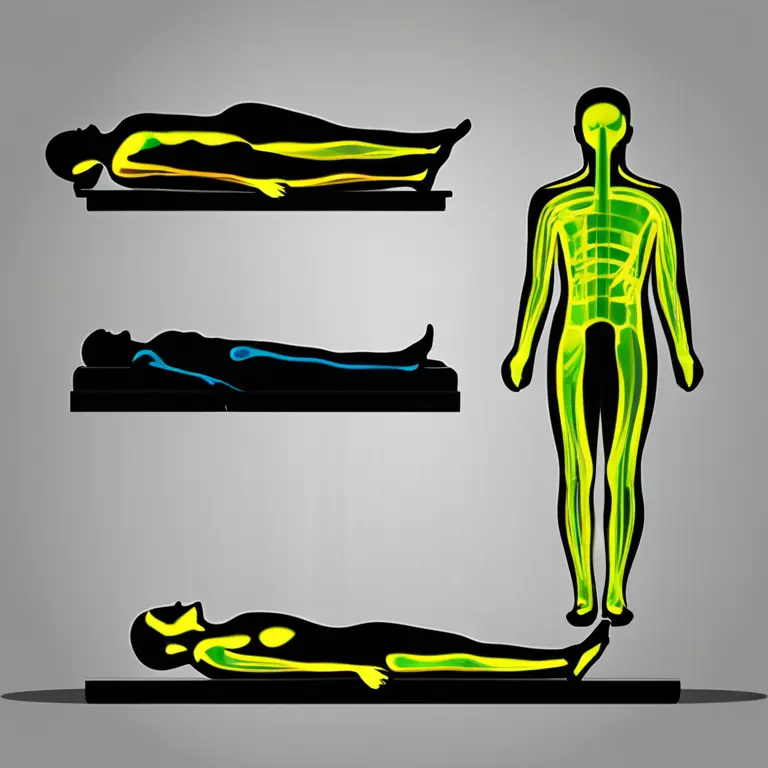
Calming the Mind: Meditation Practices for Anxiety Relief
Discover effective meditation techniques designed to soothe anxiety and promote tranquility in our daily lives.
article by Hina Kurosawa
Introduction to Anxiety and Meditation
Anxiety is a prevalent concern in our fast-paced world, where the pursuit of productivity often leads to heightened stress levels. As we step into 2024, the need for mental wellness strategies has never been more eminent. Meditation, an ancient practice with a myriad of modern applications, has been shown to significantly reduce anxiety symptoms. In this article, we'll explore various meditation techniques that can assist in managing anxiety, cultivating a sense of calm, and enhancing overall wellbeing.

Breath-Focus Technique
A fundamental approach to reducing anxiety is the Breath-Focus Technique. By concentrating on the rhythm of your breathing, you can anchor your mind, preventing it from wandering into anxious thoughts. Start by finding a comfortable seated position, close your eyes, and take slow, deep breaths. Inhale through your nose for a count of four, hold the breath briefly, and exhale through your mouth for a count of six. This simple, controlled breathing pattern can help lower your heart rate and induce relaxation.

Mindfulness Meditation
Mindfulness Meditation is a practice that involves being present in the moment without judgment. It encourages awareness of bodily sensations, thoughts, and feelings, allowing you to observe them without becoming entangled. Through regular mindfulness sessions, you can train your mind to experience the present without unnecessary worry about the past or future. Notice the sensations around you—the feel of your clothes, the sound of the room, the temperature—and allow any anxious thoughts to pass by like clouds in the sky.

Body Scan Relaxation
The Body Scan is a technique that promotes relaxation by focusing on different parts of the body in a sequential manner. Lying down or sitting comfortably, you start by bringing awareness to your feet and progressively move your attention up your body, releasing tension from each area. Concentrate on the sensations in each part of your body, imagining anxiety leaving with each exhale. This method not only eases stress but also reconnects you with your physical self.

Guided Imagery Meditation
Guided Imagery Meditation is particularly beneficial for individuals who find it challenging to focus their attention. Through visualization, you mentally transport yourself to a peaceful setting—perhaps a serene beach or a quiet forest. A guide or a recording typically leads you through the scene, which helps distract your mind from anxious thoughts and focuses on the imagined environment. This form of meditation can be powerful, as it taps into the emotional and relational aspects of the psyche, promoting a calming effect.
Loving-Kindness Meditation
Loving-Kindness Meditation, also known as Metta meditation, fosters a sense of compassion towards yourself and others. It begins with cultivating love and kindness within and then radiating those feelings outward. Reciting mantras such as "May I be happy, may I be healthy," and gradually including others in your wishes, can reduce negative emotions and boost your mood. This technique is especially beneficial in managing social anxiety by enhancing feelings of connectedness.
Incorporating Meditation into Your Routine
To achieve the best results, consistency is key. Set aside a few minutes daily for your chosen meditation practice. Technology can assist, with countless apps and online platforms offering guided sessions that cater to your unique needs and preferences. Remember, meditation is a skill that takes time to develop. Be patient and gentle with yourself as you navigate through the processes of these calming practices.
Published: 2/12/2024
Modified: 2/12/2024
More predictions
Come back here soon to learn more about yourself and your future


Meditating for Lower Blood Pressure: Simple Techniques
Discover meditation methods designed to help reduce high blood pressure and improve overall heart health in this informative article.


Mastering Meditation: A Guide to Inner Harmony
Discover effective meditation techniques and their myriad benefits for mind, body, and spirit in our comprehensive guide to achieving inner harmony.


Awakening Your Third Eye with Meditation
Learn potent meditation practices to activate your third eye for heightened intuition and perception.